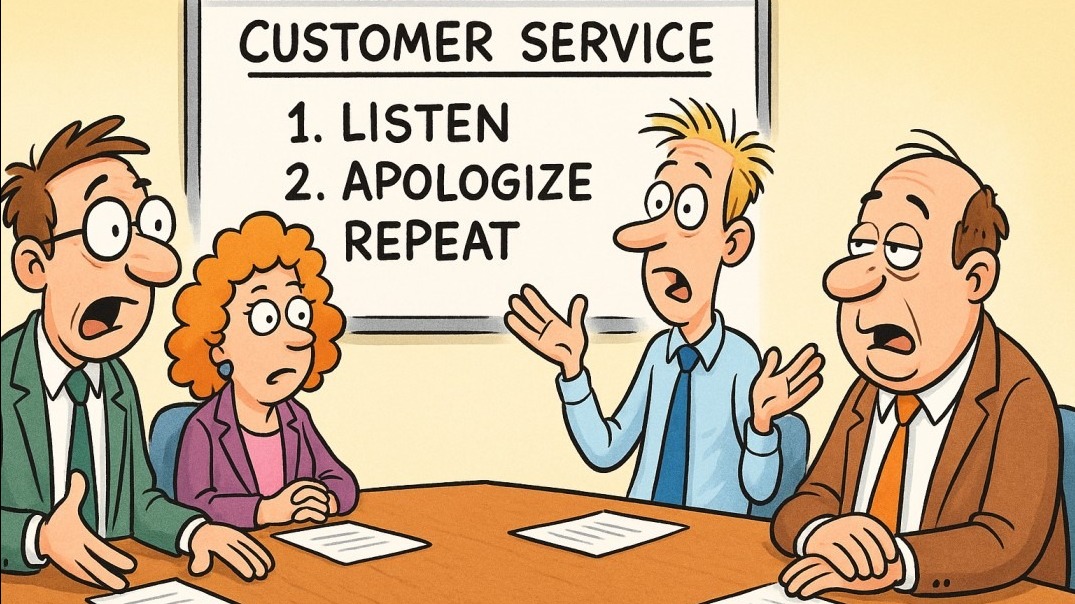
Building Public Trust in Law Enforcement
In the intricate dance between law enforcement and community engagement, language plays a pivotal role. The way officers communicate, particularly in crisis situations, can significantly affect public perception. Five simple words—like "I understand," "How can I help?" or "You are safe"—can help cultivate trust and reinforce community safety. These phrases resonate deeply and create an emotional connection, fostering more positive interactions with law enforcement.
Understanding Community Safety Needs
Community safety is a priority for every law enforcement agency, yet the effectiveness of policing strategies hinges on understanding the nuanced needs of the public. By integrating feedback from community dialogues, departments can tailor their approaches to ensure public safety efforts are relevant and impactful. This dynamic approach, rooted in behavioral analysis, improves communication strategies and enhances trust metrics among communities.
Effective Police Training Techniques
Training programs should emphasize the critical role of communication in law enforcement. Incorporating lessons on emotional intelligence and community engagement into police training modules can equip officers with vital skills to handle sensitive situations with empathy and care. Officers who articulate understanding and concern effectively can transform the perception of policing in their communities.
The Technology of Trust: Cybersecurity and Transparency
In an age where technology intertwines with public safety, it is essential for law enforcement agencies to transparently communicate their cybersecurity measures. This transparency builds public trust, as communities feel more secure when informed about how their data is protected and how law enforcement uses technology to enhance safety. Bridging the gap between technological advancements and community trust is key to fostering a secure environment.
Strategies for Safer Communities
Community policing insights reveal that collaboration is fundamental to effective policing strategies. By engaging with communities in innovative ways—such as town hall meetings or interactive workshops—law enforcement can demonstrate their commitment to public trust and community safety. This engagement not only increases transparency but also allows agencies to leverage community feedback in shaping policies that facilitate better crime prevention tactics.
As a reader deeply invested in the intersection of public safety and community engagement, consider how you can implement these strategies in your role—be it as a law enforcement officer, policymaker, or researcher. Your direct action can pave the way for a more trusting, responsive, and effective law enforcement framework.
 Add Row
Add Row  Add
Add 

 Add Element
Add Element 




Write A Comment